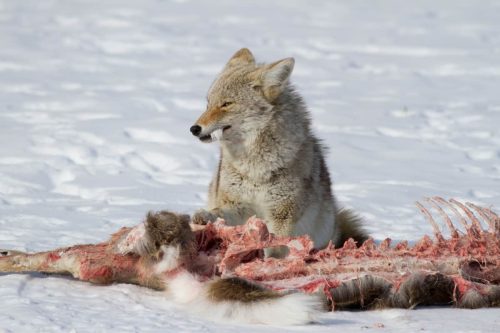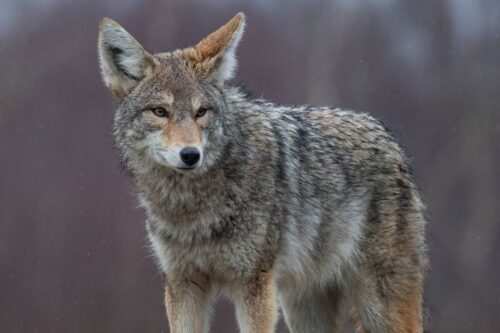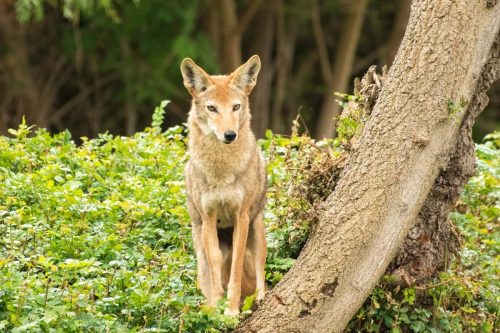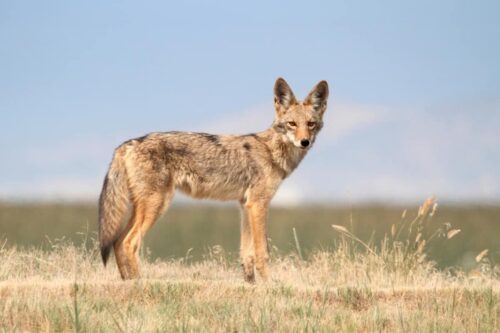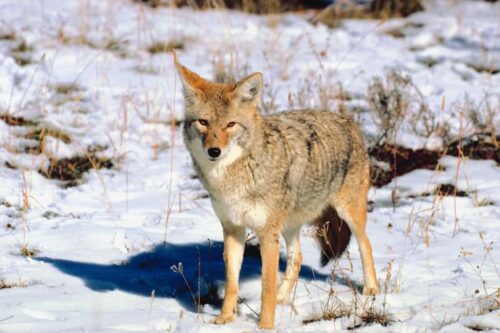Coyotes In Michigan: Diet, Distribution, Hunting & Co-existence
Coyotes are the most important wild animal in the USA. It is available in almost every state of the USA. Michigan is also no exception in this regard. If you go out in the evening in Michigan, you can hear a lot of howling in your surrounding areas while roaming around. These wild dogs have even reached in the metropolitan areas. They have also become a very big threat to pets, livestock, and even defenseless children.
Gradually, these animals are becoming accustomed to their interaction with human beings. Coyotes become more active or visible in the time between January and March as this period is most critical for their breeding. They also become very active during the spring and summer seasons because they have to take care of their pups. In this article, we are going to explore in detail the presence of coyotes in Michigan.
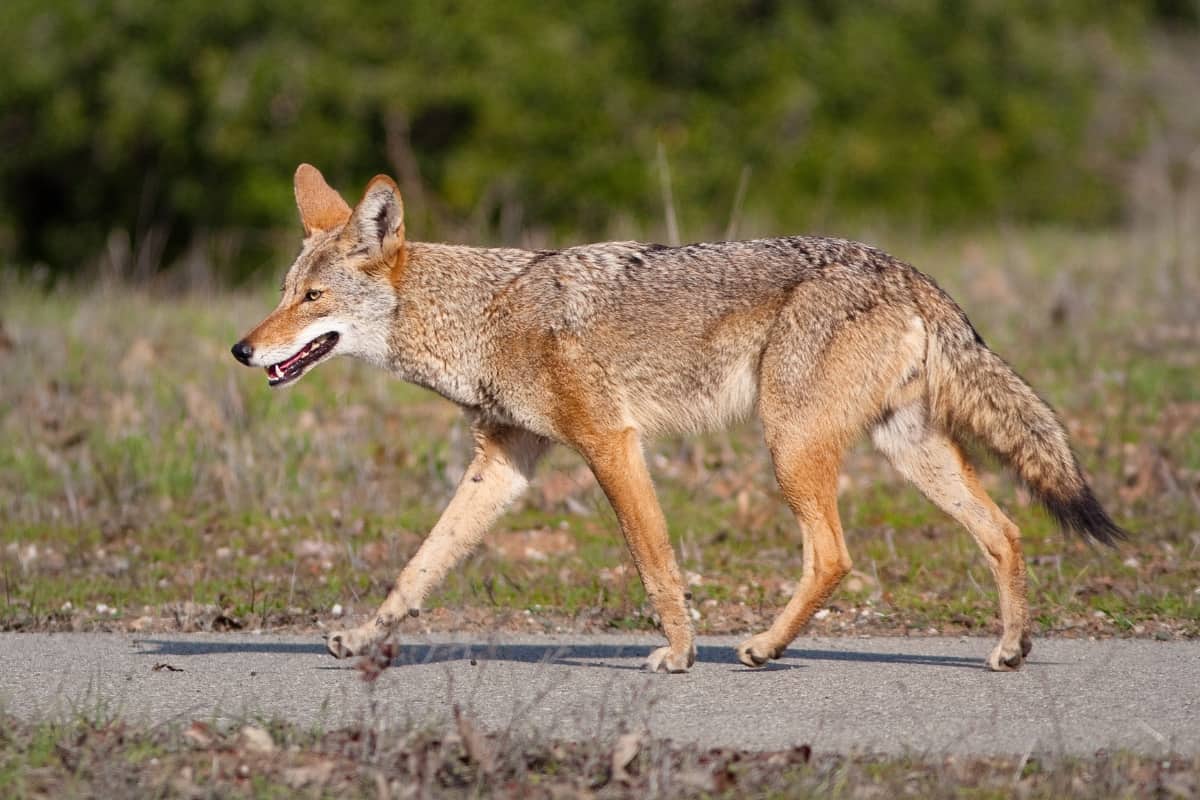
Contents
Historical presence of the coyotes in Michigan
The historical presence of coyotes in Michigan, like in many parts of North America, is a complex and evolving story. Coyotes are not native to the eastern United States, including Michigan, but their history in the state is marked by several significant developments.
Historically, coyotes were primarily found in the western parts of North America. However, as Europeans settled in the eastern United States and altered the landscape, coyotes began to expand their range eastward. In Michigan, this initial expansion into the state likely began in the early to mid-20th century.
As coyotes moved into Michigan, their population began to increase. The availability of food sources, including small mammals and deer, as well as the absence of natural predators, allowed their numbers to grow. Coyotes are highly adaptable animals. They quickly learn to thrive in a variety of environments, including urban and suburban areas. This adaptability has allowed them to persist and expand their range even further within Michigan.
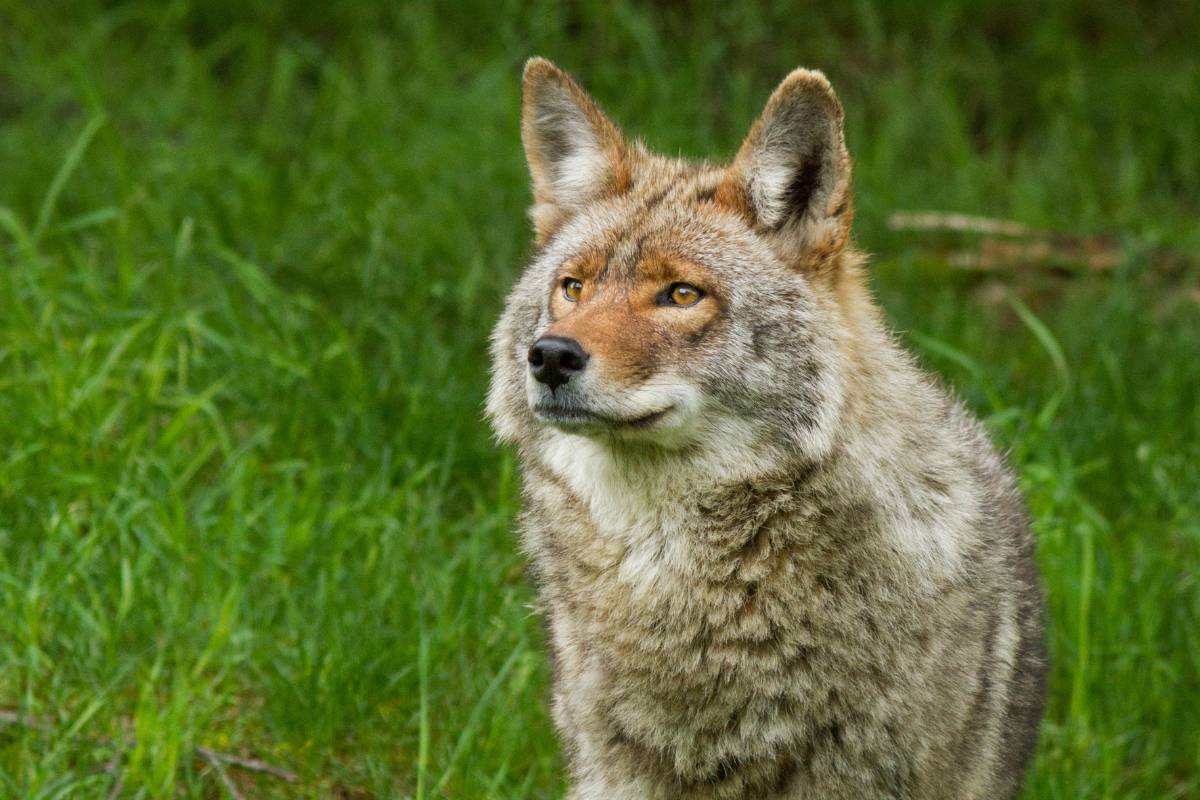
One significant aspect of the historical presence of coyotes in Michigan is the process of hybridization. Coyotes can interbreed with wolves, particularly the eastern wolf. This has led to the emergence of a hybrid animal known as the “coywolf” or “eastern coyote.” These animals have characteristics of both coyotes and wolves and are often found in the northeastern United States, including Michigan.
Today, coyotes are found throughout Michigan, from the Upper Peninsula to the southern Lower Peninsula. They have adapted well to the state’s diverse landscapes, including forests, farmlands, and urban areas.
Distribution and Habitat of the Coyotes in Michigan
Coyotes are present in all 83 counties of Michigan, making them one of the most widely distributed carnivores in the state. Coyotes are highly adaptable and can thrive in a variety of habitats, ranging from rural to urban environments. They can be found in forested areas, including both coniferous and deciduous forests. Coyotes often inhabit open fields, grasslands, and agricultural areas.
They may be found in wetland areas, especially in regions with a mix of wetland and upland habitats. Coyotes have adapted well to human-modified environments and are frequently seen in urban and suburban neighborhoods. Sometimes coyotes seek cover and den sites in various types of vegetation, including thickets, tall grasses, and brushy areas. They need access to water sources for drinking and as a food source.
Also, read the distribution of coyotes in Minnesota.
Diet of the coyotes in Michigan
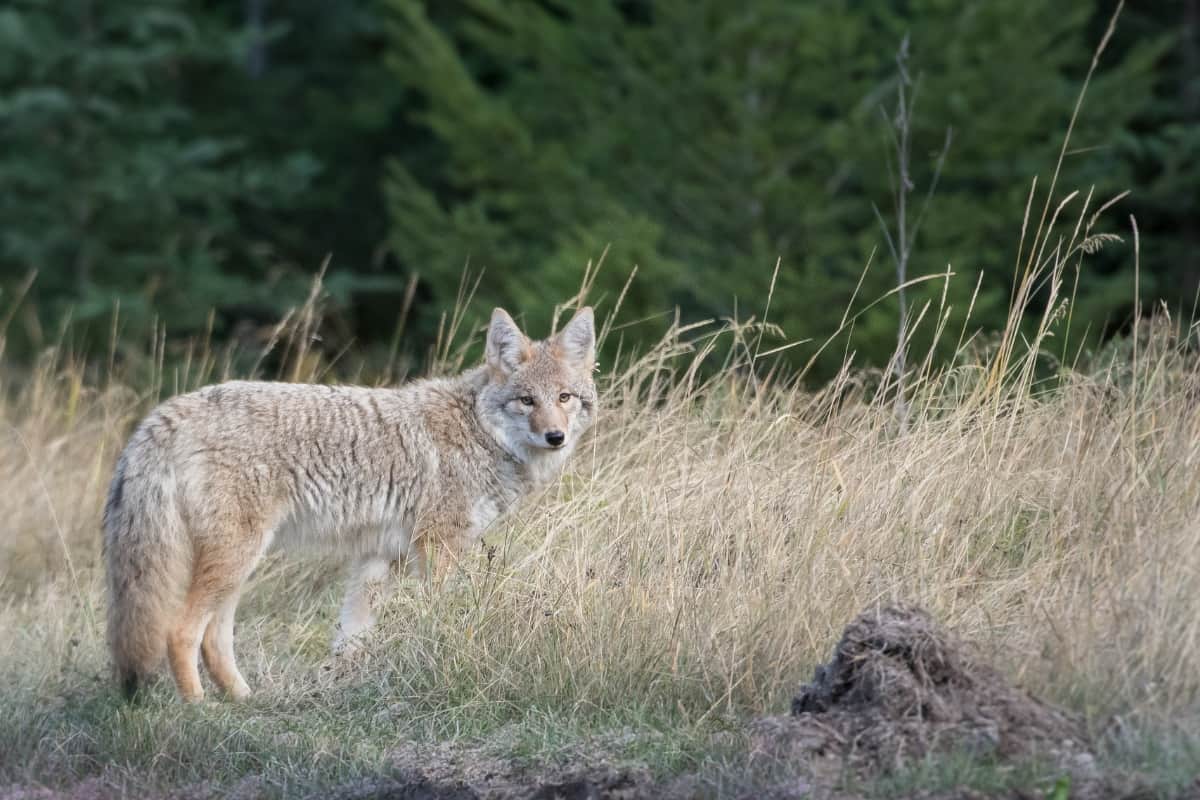
Coyotes in MI have a varied and opportunistic diet that can include a wide range of food sources. Their diet is influenced by the availability of prey species and local habitat conditions. Coyotes are skilled hunters and often prey on small mammals like White-tailed deer fawns, Rabbits, hares, and Rodents like mice, voles, ground squirrels, and rats.
Coyotes will opportunistically hunt and scavenge birds, including ground-nesting birds and waterfowl. Insects such as grasshoppers, beetles, and caterpillars can make up a portion of their diet, especially in the summer months. Coyotes are scavengers and readily feed on carrion, which includes the remains of animals killed by other predators or roadkill.
Key facts about the coyotes in Michigan

Here are some key facts about coyotes in Michigan:
Territorial Range
Coyotes are found in all 83 counties of Michigan. They are highly adaptable and can be found in both rural and urban settings.
Social Behavior
Coyotes are primarily nocturnal animals, meaning they are most active at night. However, it’s not uncommon to see them during the daytime, especially in less populated areas.
Breeding
Coyotes typically breed in February and March, and pups are usually born in April or May. A litter typically consists of 5 to 7 pups.
Presence in Metropolitan areas
Coyotes have become more common in urban and suburban areas of the state. They are attracted to these areas by food sources such as garbage, pet food, and small rodents.
Management strategies
The management of coyotes in this state often involves education and coexistence strategies. It’s important for residents to be aware of coyote behavior and take steps to prevent conflicts, such as securing trash cans and keeping small pets indoors or closely supervised when outside.
Hunting and Trapping
In Michigan, coyotes are classified as a fur-bearing species, and there are hunting and trapping seasons for them. Regulations regarding hunting and trapping can change, but you can reach the Michigan Department of Natural Resources (DNR) for the most up-to-date information regarding the hunting and trapping of coyotes in the state.
Where are the most coyotes in Michigan?

Coyotes are found throughout the state of Michigan, and their distribution is quite widespread. They have adapted to a variety of habitats, from rural to urban environments, so you can encounter them in various locations across the state.
Southern Michigan:
Coyotes are commonly found in the southern part of the Lower Peninsula, which includes areas around cities like Detroit, Ann Arbor, Lansing, and Kalamazoo. This region has a mix of urban, suburban, and rural areas.
Northern Michigan
Coyotes are also found in northern Michigan, including the northern Lower Peninsula and the Upper Peninsula. They are present in both forested and rural landscapes.
Frequently asked questions
Conclusion
The presence of coyotes in Michigan exhibits nature’s adaptability and resilience in the face of changing environments. These resourceful canids have seamlessly integrated into our diverse landscapes, from dense forests to bustling urban centers.
While their widespread distribution might raise concerns for some, it’s essential to remember that coyotes play an invaluable role in maintaining ecosystem balance by controlling populations of small mammals and other prey species.
Understanding coyote behavior and fostering coexistence is the key to harmonious living with these creatures. Responsible waste management, securing pets, and appreciating the role of coyotes in our ecosystems are steps we can take to ensure peaceful cohabitation.

Izzy is an experienced ranch worker who has a passion for exploring nature and getting up close to wildlife. With her connections to various animal organizations, Izzy is well-versed in animal care and rehabilitation.

